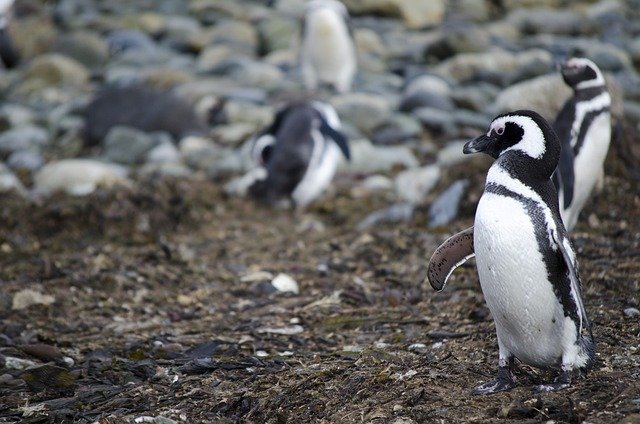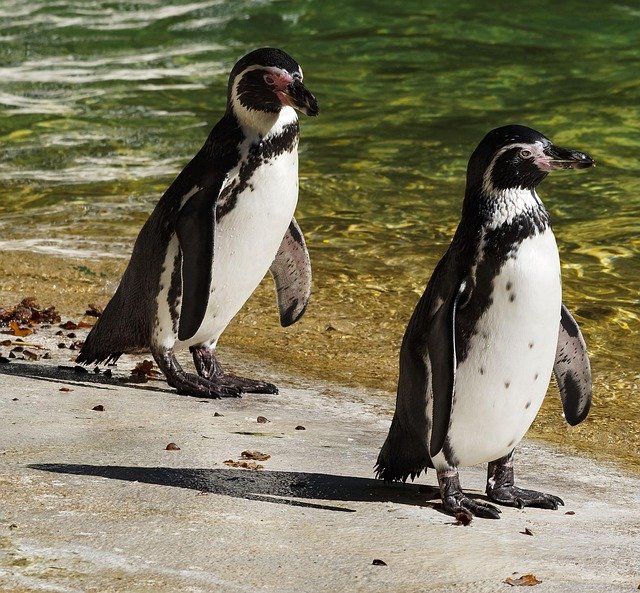
The Social Dynamics of Penguin Colonies: Understanding Their Complex Communication and Relationships
Penguins are not just adorable creatures waddling around in their tuxedo-like feathers; they are also fascinating social animals with intricate communication systems and relationships within their colonies. Understanding the social dynamics of penguin colonies provides insights into their behavior, survival strategies, and the importance of social bonds in the animal kingdom.
The Structure of Penguin Colonies
Penguin colonies can vary in size, from a few dozen individuals to thousands. These colonies often consist of various species, such as Emperor, Adélie, and Gentoo penguins, each with its unique social structure. The organization within these colonies is crucial for breeding, feeding, and protection against predators.
Hierarchical Relationships
Within penguin colonies, a hierarchy often emerges based on age, size, and breeding status. Dominant individuals may have preferential access to resources, such as prime nesting sites or food. However, this hierarchy is not rigid; it can change based on environmental factors and individual interactions.
Communication: The Language of Penguins
Penguins have developed a complex system of vocalizations and body language to communicate with one another. Their communication methods include:
Vocalizations
Calls: Penguins use various calls to convey different messages, such as attracting mates, signaling alarm, or coordinating with their partners. Each species has distinct calls, and within a colony, individual penguins can recognize the calls of their mates among hundreds of others.
Chirps and Brays: These sounds can indicate excitement, distress, or the need for attention. The context in which these sounds are made is crucial for understanding their meaning.
Body Language
Posture: Penguins often use body posture to express dominance or submission. For instance, a penguin standing tall with its chest puffed out may be asserting its status, while one that hunches down may be signaling submission.
Physical Contact: Preening and touching are common behaviors that strengthen social bonds among penguins. These interactions are essential for maintaining relationships within the colony.
Social Bonds and Parenting
The social dynamics of penguins extend to their parenting strategies. Many species exhibit monogamous relationships during the breeding season, forming strong bonds with their partners. This bond is crucial for cooperative parenting, where both parents share the responsibility of incubating eggs and feeding chicks.
Cooperative Breeding
In some species, such as the Emperor penguin, parents take turns caring for their single egg. This cooperative breeding strategy enhances the survival rate of the chick, as both parents can forage for food while ensuring the egg is kept warm and protected.
The Impact of Environmental Changes
Penguin colonies are also affected by environmental changes, such as climate change and habitat destruction. These factors can disrupt social dynamics, leading to changes in communication patterns and relationships within the colony. Understanding these impacts is vital for conservation efforts aimed at protecting these remarkable animals.
Conclusion
The social dynamics of penguin colonies are a testament to the complexity of animal behavior. Their intricate communication systems and relationships highlight the importance of social bonds in ensuring survival and success in their harsh environments. As researchers continue to study these fascinating creatures, we gain a deeper appreciation for the social lives of penguins and the challenges they face in an ever-changing world.
By understanding the social dynamics of penguin colonies, we not only learn more about these incredible birds but also about the broader implications of social behavior in the animal kingdom. Let’s continue to support conservation efforts to protect their habitats and ensure these charming creatures thrive for generations to come!
